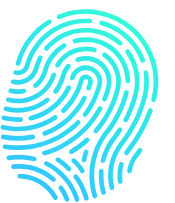Biometric modality: Voice – key considerations

Voice (speaker) recognition can be used for both one-to-one (1:1) verification and one-to-many (1:N) identification biometric modes.
In the one-to-one (1:1) verification mode, speaker recognition uses the voice as a method of authenticating the identity of the speaker. It is often employed as a “gatekeeper” in order to provide access to a secure system (for example, telephone banking). These systems operate with the users’ knowledge and typically require their cooperation.
The one-to-many (1:N) identification mode is employed to determine the identity of an unknown speaker. The voice is compared against a database of reference voice prints and the system selects any voice prints that potentially match for further analysis by using one-to-one (1:1) verification mode comparisons of each candidate and/or expert human adjudication.
NB See Sections 1 Overview (page 1) and 9 Annex (page 20) of the Biometrics Institute’s ‘Understanding Biometrics’ guide for more information regarding one-to-one and one-to-many modes.
Voice enrolment and verification processes and voice recognition can operate within any environment where there is not excessive noise. It is particularly effective as a remotely operated biometric using electronic communications. Consequently, it has formed the basis of a number of diverse use cases where the identity of the speakers needs to be authenticated in order to allow them to request services, undertake transactions, issue commands or record complex verbal information.
Presentation attacks in voice recognition systems are an important consideration and these involve challenges such as voice imitation, synthetic conversion by software and recorded replay attacks. Anti-spoofing measures include the detection of ‘liveness’ during a transaction and the presence of various, spurious artifacts in voice prints.



